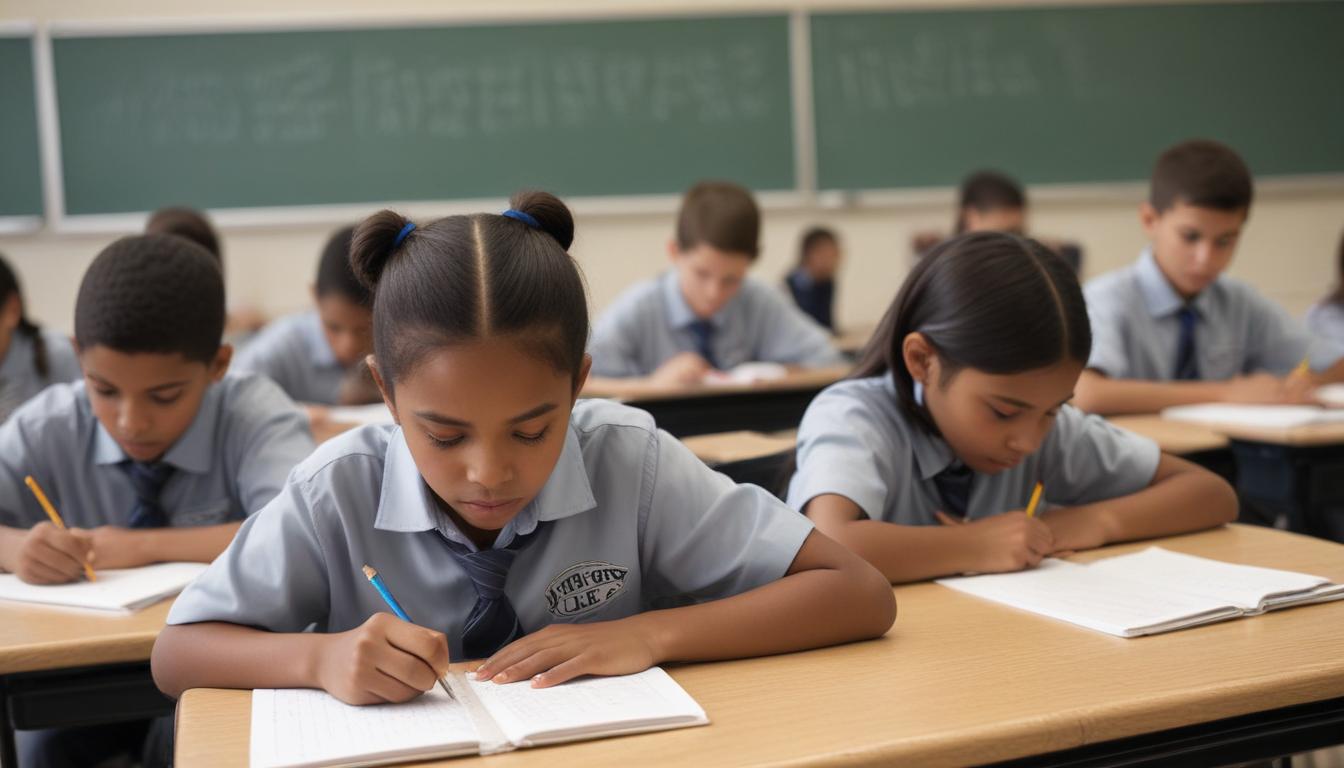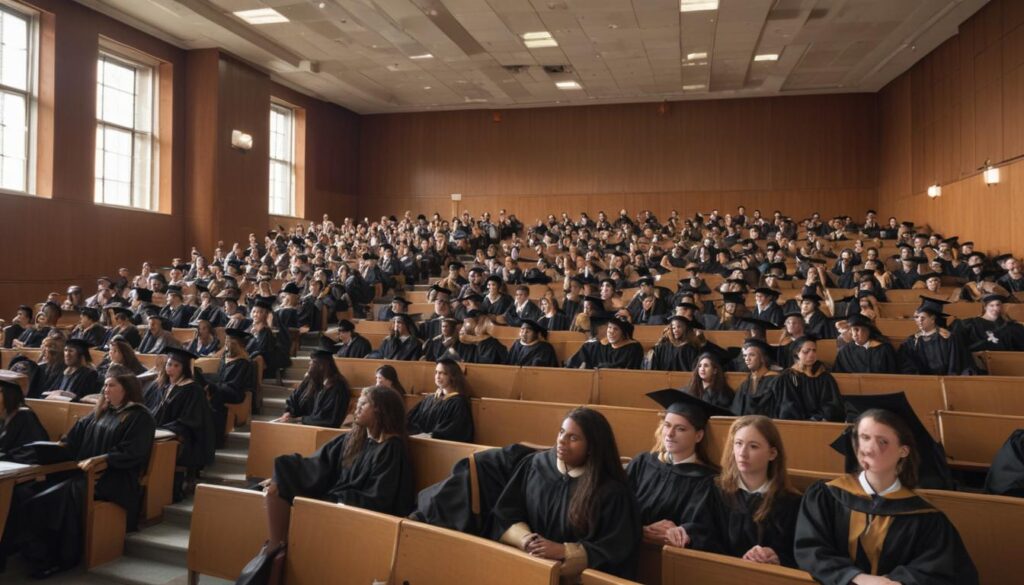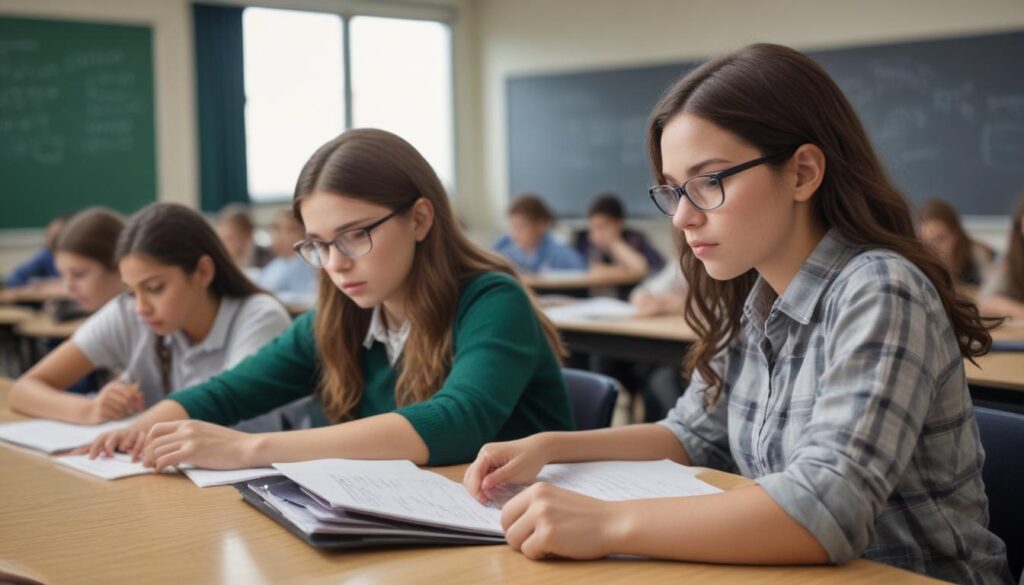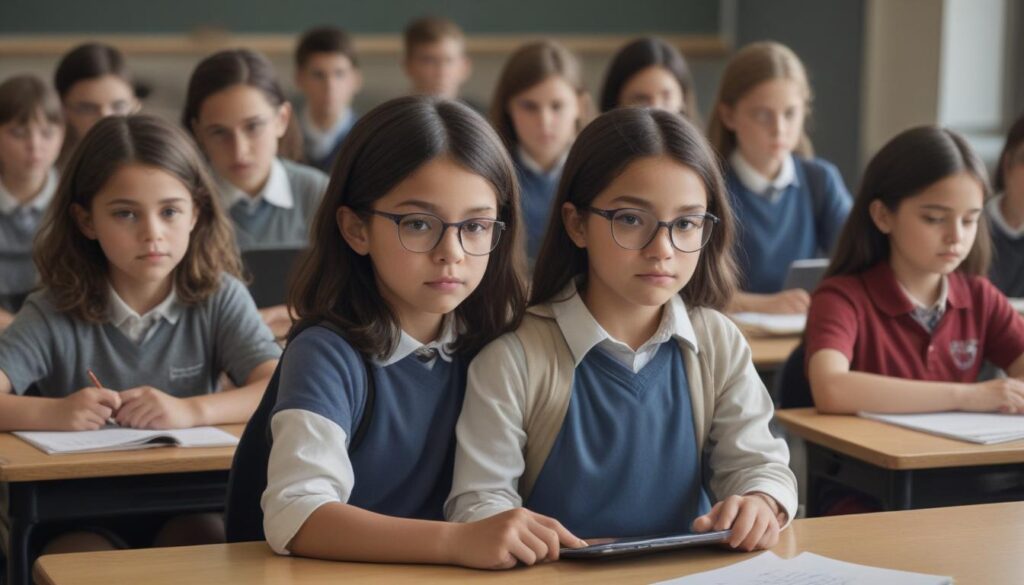Now Reading: Unlock Potential with Personalized Learning
- 01
Unlock Potential with Personalized Learning
Unlock Potential with Personalized Learning

Personalized Learning Tailoring Education to Every Student’s Needs
Have you ever looked at a classroom and seen the full spectrum of student engagement? One child is bored, tapping their pencil because they grasped the concept days ago. A few rows over, another student is struggling to keep up, feeling lost and overwhelmed. This one-size-fits-all approach to education, a legacy of a different era, often leaves brilliant, unique students feeling like they don’t fit the mold. The frustration for parents and educators is immense, knowing that each child has a unique spark that isn’t being fully ignited.
But what if education could adapt to the student, instead of forcing the student to adapt to a rigid system? This is the promise of personalized learning. It’s not just another educational buzzword; it is a fundamental shift in philosophy that places the individual student at the very center of their learning journey. It’s about creating a flexible, supportive, and dynamic environment where every learner can find their pace, explore their interests, and truly master the skills they need for a successful future. This approach offers a powerful solution to the challenge of meeting diverse student needs in a single classroom.
What is Personalized Learning Really About
At its core, personalized learning is an educational framework that customizes learning to accommodate each student’s strengths, needs, skills, and interests. It moves away from the traditional “factory model” where all students are expected to learn the same thing, in the same way, on the same day. Instead, it creates a rich tapestry of learning opportunities, allowing for varied pacing, instructional methods, and assessment. It’s a student-driven model where learners take an active role in co-creating their educational path with guidance from their teachers.
Imagine a history lesson on ancient civilizations. In a traditional setting, everyone reads the same chapter and takes the same test. In a personalized learning environment, the objective—understanding the impact of ancient Rome—remains the same, but the path to get there can be different. One student might create a digital timeline, another might build a model of the Colosseum, a group might produce a short documentary, and another might read advanced texts on Roman engineering. The teacher acts as a facilitator, providing resources, checking for understanding, and pushing each student to their unique potential.

The Key Pillars of a Personalized Approach
Personalized learning is not a single strategy but a combination of several core components working together. These pillars create an ecosystem that supports individual growth and fosters a deep love of learning. When implemented effectively, they transform the classroom from a place of passive reception to one of active discovery and ownership.
Flexible Pacing and Pathways
A cornerstone of personalization is the idea that learning is not a race. Flexible pacing allows students to move through curriculum and concepts at their own speed. Those who grasp a topic quickly can advance to more challenging material, preventing boredom and fostering a sense of accomplishment. Meanwhile, students who need more time to master a concept can receive additional support and practice without the stigma of “falling behind.” The focus shifts from deadlines to genuine understanding and mastery.
This flexibility also extends to learning pathways. People learn in different ways; some are visual, some are auditory, and others are kinesthetic. Personalized learning honors these differences by providing multiple ways to engage with content. A student might choose to learn about photosynthesis by watching a video, conducting a lab experiment, or reading a detailed article. This choice not only caters to their learning style but also increases their engagement and retention of the material.
Student Agency and Choice
Personalized learning empowers students by giving them a meaningful voice in their education. This is known as student agency. It involves giving students choices in what they learn (within the curriculum framework), how they learn it, and how they demonstrate their knowledge. When a student has a say in their projects or research topics, the learning becomes personally relevant and far more motivating. They are no longer passive recipients of information but active partners in their own education.
This sense of ownership builds crucial life skills that extend far beyond the classroom walls. By making choices about their learning, students develop self-advocacy, time management, problem-solving, and critical thinking abilities. They learn how to set goals, track their progress, and reflect on their work. This process fosters independence and resilience, preparing them to be lifelong learners who can navigate an ever-changing world with confidence.
The Transformative Benefits of Personalization
Adopting a personalized learning model offers profound benefits for everyone involved in the educational process. For students, the impact is immediately visible. Engagement skyrockets when learning is relevant and students have a sense of control. This leads to a deeper, more enduring understanding of concepts, rather than the temporary memorization required to pass a test. Students in personalized environments often develop a stronger sense of curiosity and a genuine passion for learning.
Teachers also experience a positive transformation. While it requires a shift in practice, personalization allows educators to do what they do best: teach. Instead of delivering a single lesson to the “middle,” they can act as expert guides, mentors, and coaches. Using real-time data and observations, they can provide targeted, one-on-one or small-group instruction precisely where it is needed most. This reduces the frustration of a one-size-fits-all approach and allows teachers to build stronger, more meaningful relationships with each of their students, creating a more dynamic and rewarding classroom culture for all.





































